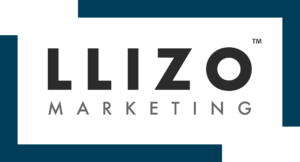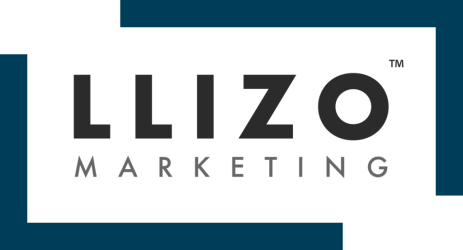Whether you are a start-up company ready to break into Google Ads for the first time or a small business who has been running ads for a while, you might not have a massive budget to spend on advertising. But either way, you still need to get the word out there somehow.
Google’s Search Network is still one of the best ways to capture user intent. But if people don’t know about your products or services, they aren’t going to search for you on Google. This is where the Display Network can help out: Brand awareness is the single biggest benefit of Google Display advertising.
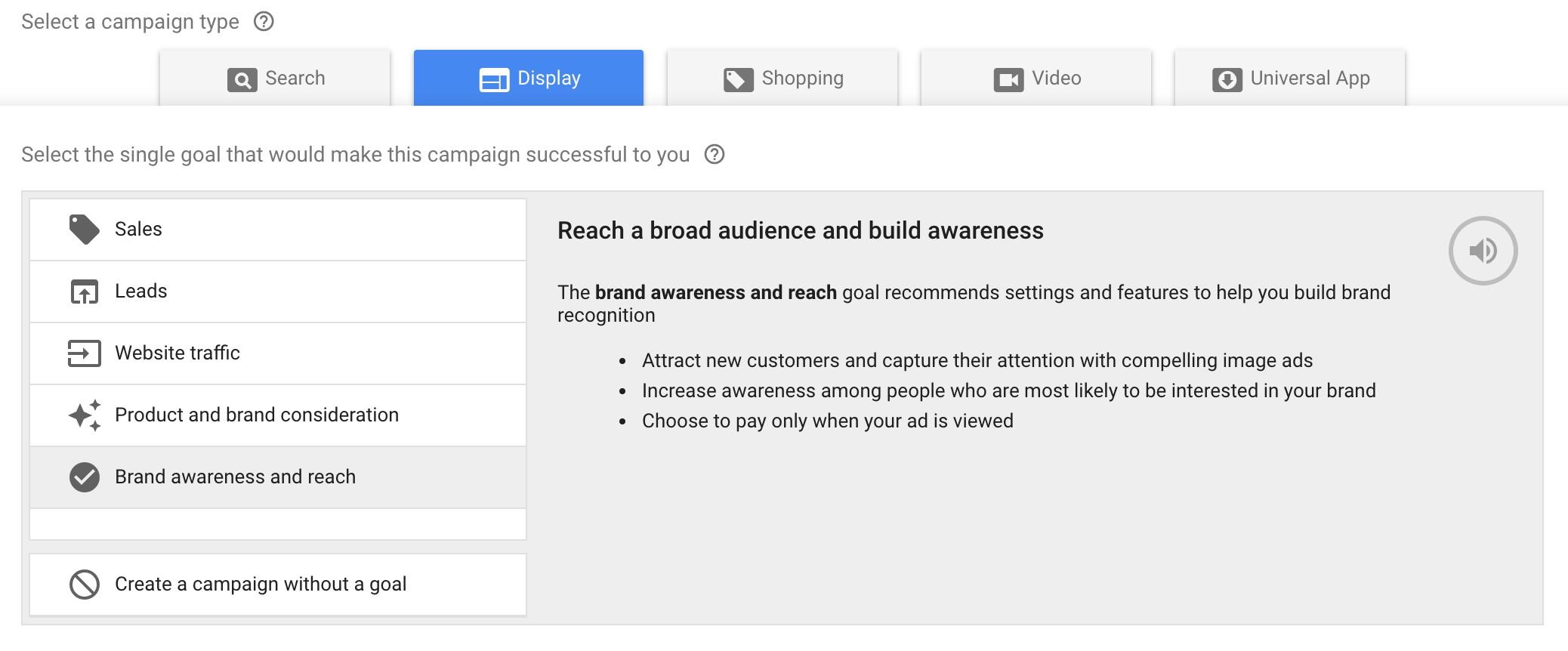
Here, I’m to explain why expanding to awareness marketing on the Google Display Network is important to your account’s success. And because this knowledge is nothing without strategy to act on it, I’ll leave you with a few tips to get your Google Display Network advertising started off on the right foot.
Google Display campaigns build brand awareness
Before we get into some tactical steps, let me share a real-life scenario here and see if you have ever come across a similar situation.
I have one client who was running primarily branded, Search Network campaigns in Google Ads when we first took over the account. Because of their smaller budget, this client told me they were primarily sticking to brand campaigns because their branded terms (no surprise whatsoever) had the best CPCs and CPAs. Again, not a shock—that’s to be expected. But branded campaigns don’t help a smaller business grow.
When I suggested to this client that they should consider expanding more of their non-branded campaign efforts, they were extremely hesitant. The reason for their apprehension was the big CPC and CPA difference when comparing the branded versus non-branded campaigns.

Their hesitation is completely fair. Telling them to spend more money on keywords that are more expensive and convert at a lesser rate isn’t an appetizing solution. They pushed back and suggested that we spend more on their branded terms. The issue with that request was we were hitting nearly 100% search impression share, our current brand campaigns were not limited by budget, and there weren’t any more branded keywords we could add to the account. We were already capitalizing on all of the brand demand that was out there. Here is where the Display Network comes in. Like I said, people aren’t going to search for you if they don’t know you exist. If you want more people to be searching for your brand name, you’re going to have to invest in building that awareness.
We can also use the Display Network to build brand affinity. Larry Kim wrote a post last year on why brand advertising drives more conversions than you think. That post fits perfectly on how the Display Network can fit right in. When we spent some budget on reaching out to new users for this client, yes, more people started searching for our brand name (not just paid searches). But we also saw our non-branded campaigns perform better. Larry sums it up nicely:
“The single biggest predictor of whether people will purchase is whether they’ve heard of you before.”
Spending money on boosting the brand helped increase the CTRs and lower the CPAs of our client’s non-branded campaigns. The more people are familiar with your brand—assuming you’re branding to the proper audience, and more on this in a minute—the more likely the trust your brand as the more desirable option.
How to build brand awareness with audience targeting
Now that we see the importance of investing in awareness, let me show you a few ways you can reach your desired users. One of the biggest initiatives in the paid media world right now is audience targeting. We are seeing the degradation of keyword match types by the search engines along with more features being released that allow PPC marketers to focus on groups of people instead of search terms. So, while we look at focusing on the user, the most important step we should take first is to find out who our target user really is.
If your business does not have a ton of money to spend on user research, it’s okay. You do not need to spend lots of budget on persona studies. There are a few free tools Google gives to marketers that better help us home in the user most likely to take action from our ads—here’s how to make the most of the top two for targeting on the Display Network.
Google Analytics
In Google Analytics, head over to the Audience report. Select “Interests.” Then click on “Overview.” Here, you will get a snapshot of with Affinity and In-Market audiences where your current users fall into.
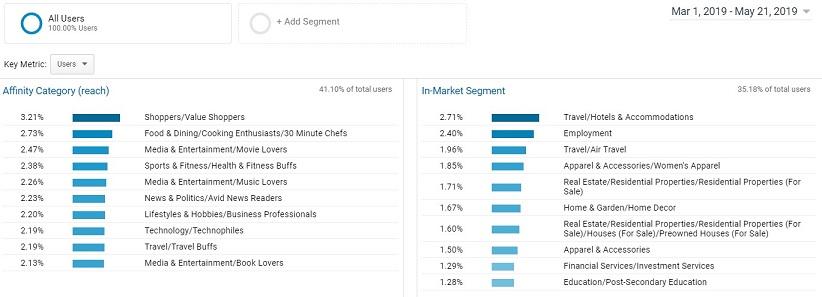
The segment view will default to All Users, but you can change it to whatever you have set up in your Google Analytics. Add in the factor of the date range and your Key Metric selection, and you will get the first ten audiences for each category. You can click on each option to get deeper stats on each of the audience types if you want to, but checking out the higher level stats is a good place to start. One last factor to note: If you look in the top right corner of each category breakout, you’ll see Google is only showing you a certain percentage of users with the chosen segment. So while this is a great place to start, remember, it’s not perfect.
Google Ads Audience Insights
Audience Insights is another great, free tool provided by Google. This tool is in Google Ads under the Tools, Shared Library, then Audience Manager. By default, advertisers will see which in-market and affinity audiences the users from the “All visitors (AdWords)” belong to. Just like the audience reports we just went over in Google Analytics, the affinity and in-market audiences we see in the Audience Insights tool are exact targeting options you can use for the Display Network. To make the research more meaningful for the advertiser, we can change the base audience to almost any website visitor, YouTube user, or customer list audience you have created within Google Ads. Here is a small example of the types of audiences you can review using the tool.
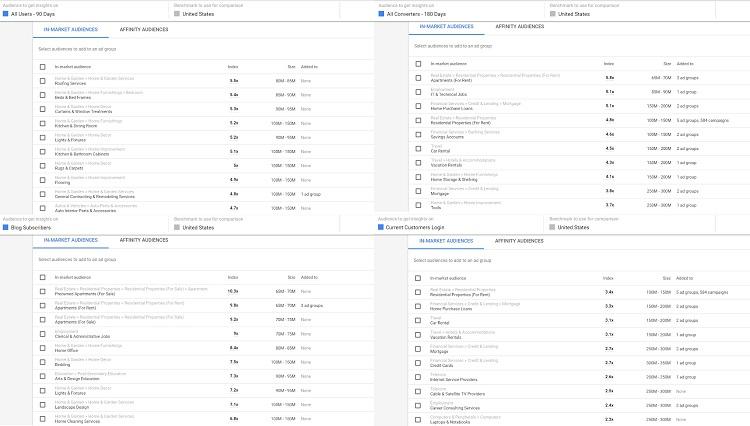
For this client, I looked at all users, all converters, blog subscribers, and users who logged in on the site. You’ll notice the audience categories change depending on the base audience I’m using, which depends on the audience I’m looking to use to expand my reach. The difference in audience results will help guide you structure your awareness campaigns depending on the goals of your campaign.
You may see certain audiences are grayed out when trying to review them in the Audience Insights tool. This occurs because that particular audience does not have enough users built up to be able to review within the tool. Your audience needs to have at least 1,000 users in order to break down the audiences within Audience Insights.
Whether you use Google Analytics data or the information from the Audience Insights tool, the in-market and affinity audiences you see in the results are the exact audience options we can choose to target in Google Ads. If you see consistent patterns between the various audience breakouts, you know you have a better chance of expanding to more relevant users. Take the time to conduct the extra research to make sure you’re putting ads in front of the most relevant user possible. It can save you a lot of money—or make you money—in the long run.
Remember where users are in their buyer’s journey
Another scenario—in case you are wondering, yes, I do have plenty of stories to tell—I come across when taking on a new account or working with a current client comes across when I ask for new image ads to implement. What I see a lot is the client will create one set of ads and will want to use the exact same creative for every single Display Network campaign. This is a big no-no in my book, and here is why.
Someone who has visited your website is different than someone who has never heard of your brand before. People who belong to in-market audiences are in a different “purchase mode” than users in an affinity category. Users in different audiences have different intent and are in different phases of the buyer’s journey. Start segmenting these users (as volume allows) to better control budgets and ad creative.
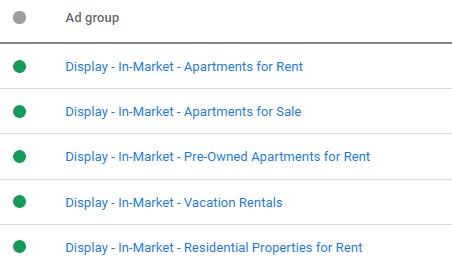
In the image above, you can see this Display campaign ad group breakout is by in-market audience. It would be pretty hard for the advertiser to use one set of ads and maximize the full potential of this targeting breakout. Yes, you could have a generic branding ad, but that doesn’t make a psychological connection that speaks to the user and what solutions they need in their life at the moment. If someone is looking for an apartment to rent, show that in your ad creative. If someone is looking to rent a house instead, show them a house to rent! The more you speak to the user, the better results you will see—and this will make the investment in Display advertising a lot more worth it.
Use Display to grow your business in a cost-effective way
Google gives us some great tools to better help small businesses find out who their best performing customers are and how to reach more users just like them. Staying on top of a user’s mind can lead to more people searching for your brand name or going directly to your site later on. And as more people become familiar with your brand and trust your brand, the better off all of your search campaigns will become. If people are not searching for your business name or the products and services you offer, you will have to invest in building that awareness. And the Google Display Network is an affordable way to help in that initiative.
If you liked The Biggest Benefit of Google Display Ads (+ How to Leverage This!) by Joe Martinez Then you'll love Miami SEO Expert
